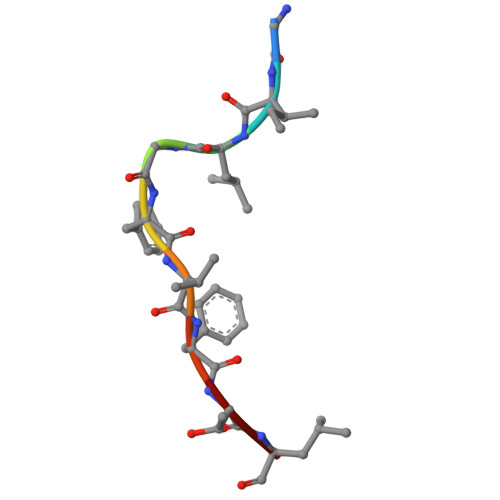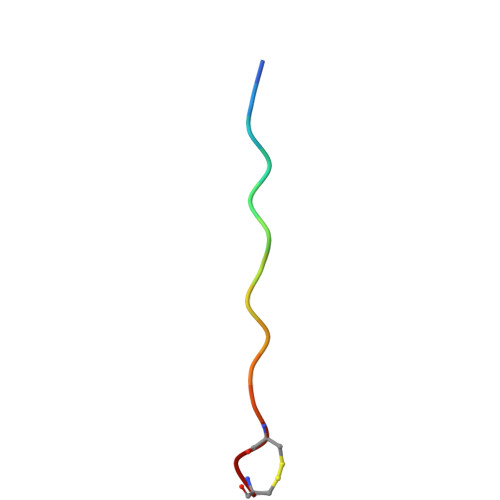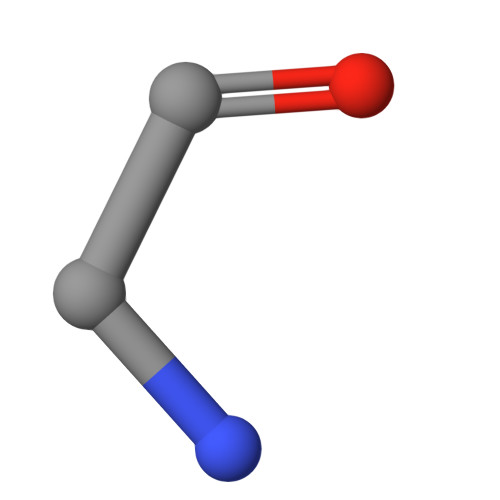Extracellular crosslinking mass spectrometry reveals HLA class I - HLA class II interactions on the cell surface
Armony G, Heck AJR, Wu W(2021) Mol Immunol 136: 16-25
- PubMed: 34052579
- DOI: https://doi.org/10.1016/j.molimm.2021.05.010
- Primary Citation of Related Structures:
9A0U - PubMed Abstract:
Human Leukocyte Antigen (HLA) complexes are critical cell-surface protein assemblies that facilitate T-cell surveillance of almost all cell types in the body. While T-cell receptor binding to HLA class I and class II complexes is well-described with detailed structural information, the nature of cis HLA interactions within the plasma membrane of the surveyed cells remains to be better characterized, as protein-protein interactions in the membrane environment are technically challenging to profile. Here we performed extracellular chemical crosslinking on intact antigen presenting cells to specifically elucidate protein-protein interactions present in the external plasma membrane. We found that the crosslink dataset was dominated by inter- and intra-protein crosslinks involving HLA molecules, which enabled not only the construction of an HLA-centric plasma membrane protein interaction map, but also revealed multiple modes of HLA class I - HLA class II interactions with further structural modeling based on crosslinker distance restraints. Collectively, our data demonstrate that HLA molecules colocalize and can be densely packed on the plasma membrane.
- Biomolecular Mass Spectrometry and Proteomics, Bijvoet Center for Biomolecular Research and Utrecht Institute for Pharmaceutical Sciences, Utrecht University, Padualaan 8, 3584 CH, Utrecht, The Netherlands; Netherlands Proteomics Centre, Padualaan 8, 3584 CH, Utrecht, The Netherlands. Electronic address: g.armony@uu.nl.
Organizational Affiliation:





















